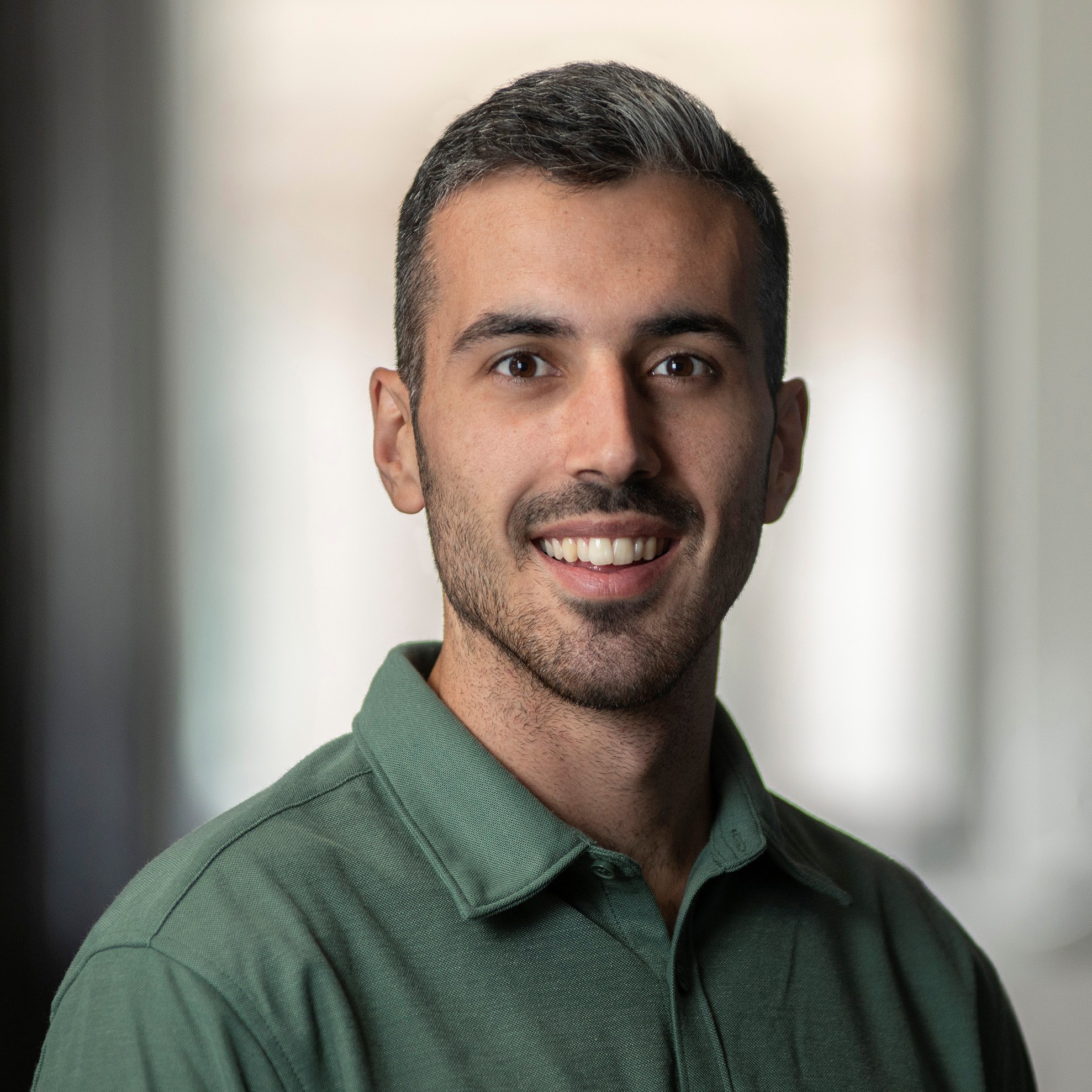Date: Tuesday 11 Nov 2025 – 15:00 (Europe/London)
Speaker: Danny Horta Darrington, Marie Skłodowska-Curie Research Fellow at the Institure of Astronomy, University of Edinburgh
Abstract
The field of astronomy - unlike many other science disciplines - is extremely fortunate as it is able to collect and disseminate vast amounts of data in an easy and relatively cost-efficient manner. Thanks to the efforts of large international collaborations there has been, and will continue to be, an unprecedented amount of data collected with telescopes from the ground or in space. These data are predominantly public, come in many different flavours, and are obtained for all types of astronomical objects (e.g., stars, galaxies, black holes...), enabling astronomers to chart from the smallest to the largest scales of the Cosmos. However, while this deluge of data will provide all the necessary information to test current astrophysical theories and push our understanding of the formation of the Universe, we are yet to establish a sound-proof way of synergising all this high-dimensional, multi-modal, vast information.
Foundation models for science built on machine-learning and artificial intelligence tools/theory provide a promising avenue to help solve this problem. In this talk, I will present and discuss Lux, a generative, multi-output, latent variable model for astronomical data with noisy labels. Lux was initially designed to tackle multi-modal stellar data for Milky Way science. However, its infrastructure is analogous to a 'very simple' foundational model for astronomy. Thus, Lux in principle can also be used for any other type of astronomical data. To discuss the properties of the Lux model and present its advantages over previous machine-learning models, I will illustrate examples of Lux applied to stellar spectroscopy.
This talk is now also available on YouTube: https://youtu.be/YAxO4X23LXk

Biography
Danny Horta is a Marie Skłodowska-Curie research fellow at the Institute for Astronomy at the University of Edinburgh. Previously he was a Flatiron Research Fellow at the Center for Computational Astrophysics in New York. He obtained his PhD from Liverpool John Moores University. His research focuses on the analysis and modelling of big survey data of Milky Way stars, with a particular emphasis on spectroscopic data.
